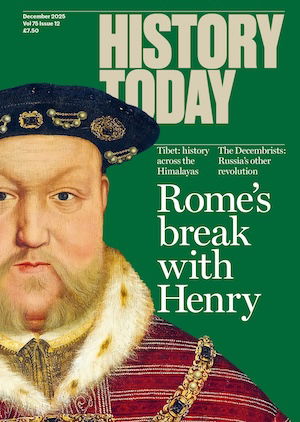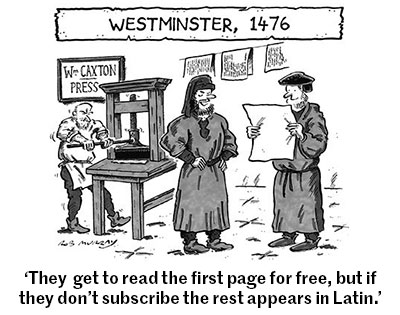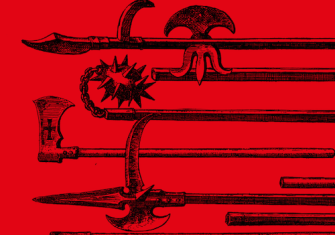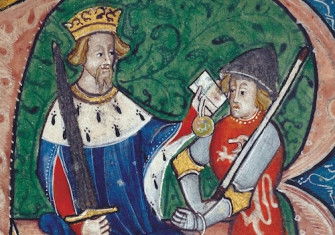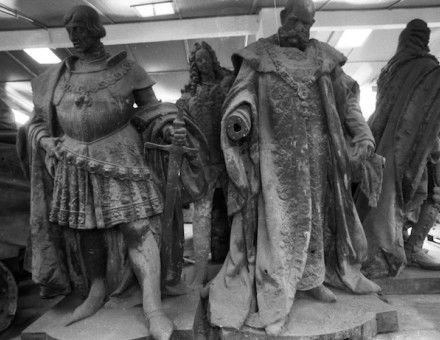The Peasants’ Revolt, 1381
In 1381 England witnessed a medieval ‘summer of blood’ as the lower orders flexed their muscle in what became known as the Peasants’ Revolt.
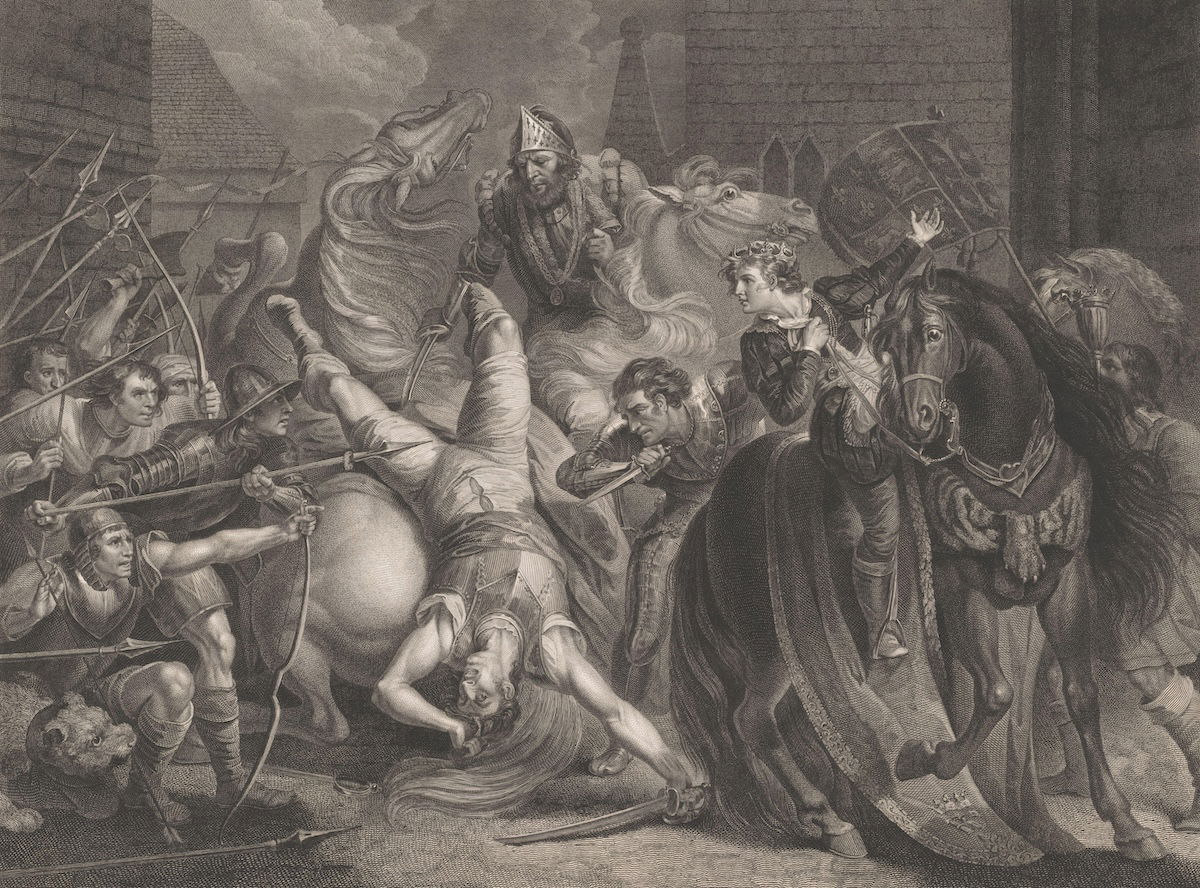
Between May and August 1381 England experienced a rebellion of dramatic severity and suddenness. The lower orders rebelled against the lawmaking and landowning classes and the incompetent minority government of the 14-year-old Richard II. They murdered the Archbishop of Canterbury, the Treasurer of England, one of the two chief justices of the royal courts and numerous foreigners, merchants, lawyers and royal servants. Rebels from Essex and Kent invaded London, laid siege to the royal court in the Tower of London, burned down the Palace of Savoy and threatened to lay waste their own capital city. Urban rioting spread from Somerset to Yorkshire. The spirit of rebellion lasted all summer and was recorded with horror by contemporaries, including Geoffrey Chaucer, John Gower and the chroniclers Thomas Walsingham and Jean Froissart. The revolt set a pattern for popular rebellion that lasted well into the 15th and 16th centuries – and perhaps lives on to the present day.
The Peasants’ Revolt terrified its victims and their kind. A rising of the common people was no political protest. It was a natural disaster. As John Gower wrote in 1378:

